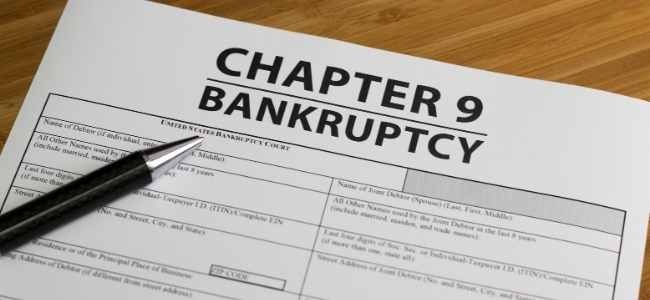Filing bankruptcy is a hard decision that hundreds of businesses, individuals, partnerships, and municipalities all over the world have to make every year. So, suppose you’re a municipality and you’re finding it impossible to get your repayments going, you might have already been told to file chapter 9 bankruptcy already. But you want to know what that even means and how it works, right? You’re in the right place. Other than equipping you with the basic knowledge of chapter 9 bankruptcy, I am also recommending this site where you can get the best Knoxville bankruptcy attorneys. Great. Isn’t it? Let’s get started without much ado.
First thing…
What Is Chapter 9 Bankruptcy, Really?
Also called municipal bankruptcy, chapter 9 bankruptcy is filed by municipalities, towns, cities, municipal utilities, counties, school districts, and hospital taxing authorities. Though mostly filed to seek protection from creditors in order to adjust the obligations of a debt or for the sake of reorganization, chapter 9 also allows for the reduction of principals or interests on existing debt, extend repayment timeline, and for the refinancing of loans. When compared to a similar bankruptcy like chapter 7 bankruptcy, municipal bankruptcy is much better because the asset of the debtor (the municipality) cannot be liquidated. But before diving into how it works, get to know the requirements for making the cut of a municipality that can file chapter 9 bankruptcy.
The Conditions For Chapter 9 Bankruptcy
According to the bankruptcy code, a municipality is defined as “a public agency or political division or an instrumentality of a State”. To file chapter 9, the municipality must meet the conditions listed below;
- The debt to be redefined must be beyond insolvent
- The municipality must be particularly authorized under the state law to file chapter 9
- The subject municipality must be willing to make adjustments to its debt
- Evidence of a successful or failed agreement from the creditors must be provided
Now, let’s move to how the municipal bankruptcy works.
How Chapter 9 Bankruptcy Works
- Pre-bankruptcy activities; before filing bankruptcy, the municipality (the debtor) is required to first attempt negotiating with its respective creditor. After that is done together with some other pre-bankruptcy activities, the municipality will then be asked to prepare bankruptcy paperwork and submit it to the clerk of the bankruptcy court. In this stage, the court finds out whether it is proper or not for the municipality to file a case.
- Bankruptcy judge; chapter 9 can be very complex. So, judges are not picked at random. It is the chief judge of the court of appeal of the state where the bankruptcy court is located that decides who the judge will be.
- Automatic stay; this is a power that comes into place to protect the municipality, its staff, officials, and officers to be demanded of debt against.
- Power of the court; because municipalities are unique bodies or entities with constitutional power, the power of the court is mild on them.
- Chapter 9 plan; a plan is sketched on how the municipality will repay its debt within the timeline of bankruptcy.
- Discharge; after the plan is established and the municipality has paid a particular amount with the court-appointed disbursement agent, the municipality is awarded a bankruptcy discharge.


